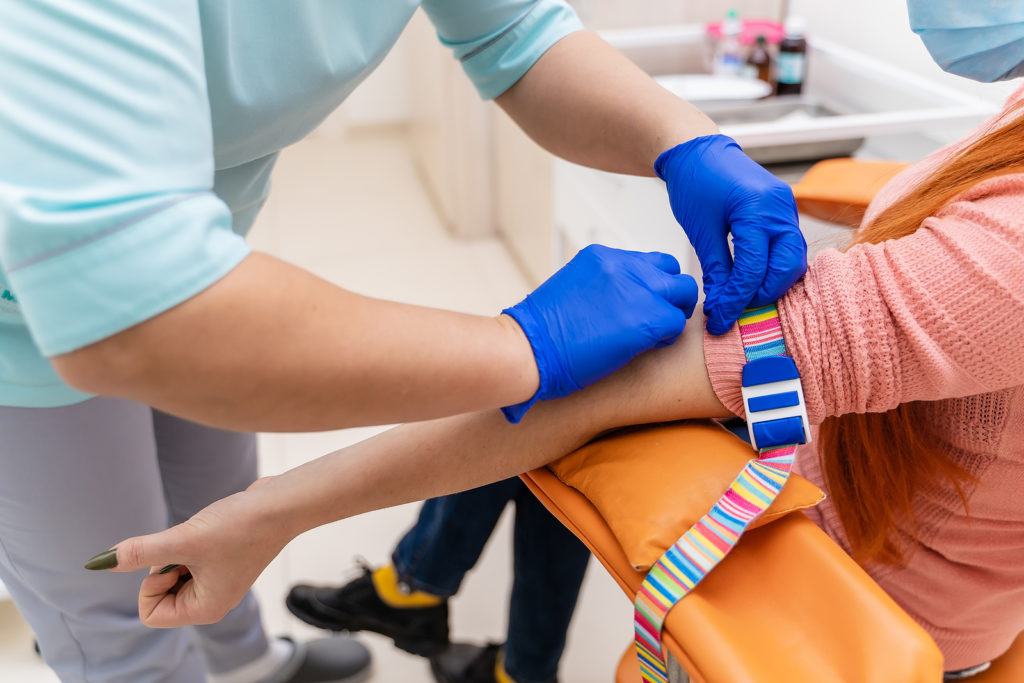Some Known Details About Northeast Medical Institute - New Haven Campus Phlebotomy Course & Cna Class
Some Known Details About Northeast Medical Institute - New Haven Campus Phlebotomy Course & Cna Class
Blog Article
7 Simple Techniques For Northeast Medical Institute - New Haven Campus Phlebotomy Course & Cna Class
Table of ContentsThe 8-Second Trick For Northeast Medical Institute - New Haven Campus Phlebotomy Course & Cna ClassSome Known Details About Northeast Medical Institute - New Haven Campus Phlebotomy Course & Cna Class How Northeast Medical Institute - New Haven Campus Phlebotomy Course & Cna Class can Save You Time, Stress, and Money.The 8-Minute Rule for Northeast Medical Institute - New Haven Campus Phlebotomy Course & Cna ClassSee This Report about Northeast Medical Institute - New Haven Campus Phlebotomy Course & Cna ClassThe 2-Minute Rule for Northeast Medical Institute - New Haven Campus Phlebotomy Course & Cna Class
The use of such tools need to be accompanied by various other infection avoidance and control methods, and training in their usage. Not all safety tools are appropriate to phlebotomy. Before picking a safety-engineered tool, individuals ought to extensively investigate readily available devices to establish their proper usage, compatibility with existing phlebotomy practices, and effectiveness in securing team and individuals (12, 33).For setups with reduced sources, expense is a motoring aspect in procurement of safety-engineered tools - PCT Classes. Where safety-engineered devices are not readily available, competent use of a needle and syringe serves. Unintentional direct exposure and details information concerning an occurrence should be taped in a register. Assistance solutions need to be advertised for those who go through accidental exposure.
In the blood-sampling area for an outpatient department or clinic, provide a comfortable reclining couch with an arm remainder.
How Northeast Medical Institute - New Haven Campus Phlebotomy Course & Cna Class can Save You Time, Stress, and Money.
Make sure that the indicators for blood tasting are clearly specified, either in a written method or in documented guidelines (e.g. in a laboratory form). At all times, comply with the techniques for infection avoidance and control listed in Table 2.2. Infection prevention and control methods. Gather all the tools needed for the procedure and area it within secure and simple reach on a tray or cart, making sure that all the items are clearly noticeable.
Where the individual is grown-up and aware, follow the steps described listed below. Introduce yourself to the patient, and ask the patient to state their full name. Check that the lab kind matches the client's identity (i.e. match the individual's information with the laboratory form, to guarantee exact recognition). Ask whether the patent has allergic reactions, anxieties or has ever passed out throughout previous shots or blood attracts.
Make the individual comfortable in a supine setting (when possible). Place a clean paper or towel under the person's arm. Review the test to be carried out (see Annex F) and obtain verbal permission. The patient has a right to decline a test any time prior to the blood sampling, so it is crucial to guarantee that the person has actually comprehended the procedure.
What Does Northeast Medical Institute - New Haven Campus Phlebotomy Course & Cna Class Do?
Expand the person's arm and check the antecubital fossa or lower arm. Locate a capillary of a good size that is noticeable, straight and clear. The diagram the original source in Area 2.3, shows common settings of the vessels, however several variations are possible. The average cubital capillary exists between muscles and is typically the most very easy to puncture.
DO NOT insert the needle where blood vessels are drawing away, because this increases the chance of a haematoma. The capillary ought to show up without applying the tourniquet. Situating the blood vessel will assist in establishing the correct dimension of needle. Apply the tourniquet regarding 45 finger widths above the venepuncture site and re-examine the blood vessel.
Specimens from main lines lug a danger of contamination or wrong laboratory test results. It is appropriate, but not excellent, to attract blood specimens when first introducing an in-dwelling venous tool, prior to attaching the cannula to the intravenous fluids.
Not known Facts About Northeast Medical Institute - New Haven Campus Phlebotomy Course & Cna Class
Failure to enable sufficient get in touch with time boosts the danger of contamination. DO NOT touch the cleaned site; in particular, DO NOT place a finger over the vein to guide the shaft of the exposed needle.
Ask the individual to develop a hand so the blood vessels are more prominent. Get in the vein quickly at a 30 level angle or much less, and continue to introduce the needle along the vein at the simplest angle of access - Phlebotomy Classes. When adequate blood has actually been gathered, launch the tourniquet BEFORE taking out the needle
Some Of Northeast Medical Institute - New Haven Campus Phlebotomy Course & Cna Class
Take out the needle carefully and use gentle stress to the site with a tidy gauze or completely dry cotton-wool ball. Ask the patient to hold the gauze or cotton woollen in area, with the arm extended and elevated. Ask the client NOT to bend the arm, due to the fact that doing so creates a haematoma.

Rumored Buzz on Northeast Medical Institute - New Haven Campus Phlebotomy Course & Cna Class
Do not push the syringe plunger due to the fact that extra stress raises the risk of haemolysis. Where possible, maintain the tubes in a shelf and move the rack towards you. Inject downwards into the appropriate coloured stopper. DO NOT eliminate the stopper because it will launch the vacuum. If the sample tube does not have a rubber stopper, infuse extremely gradually into the tube as minimizing the pressure and speed made use of to move the sampling minimizes the danger of haemolysis.

Report this page